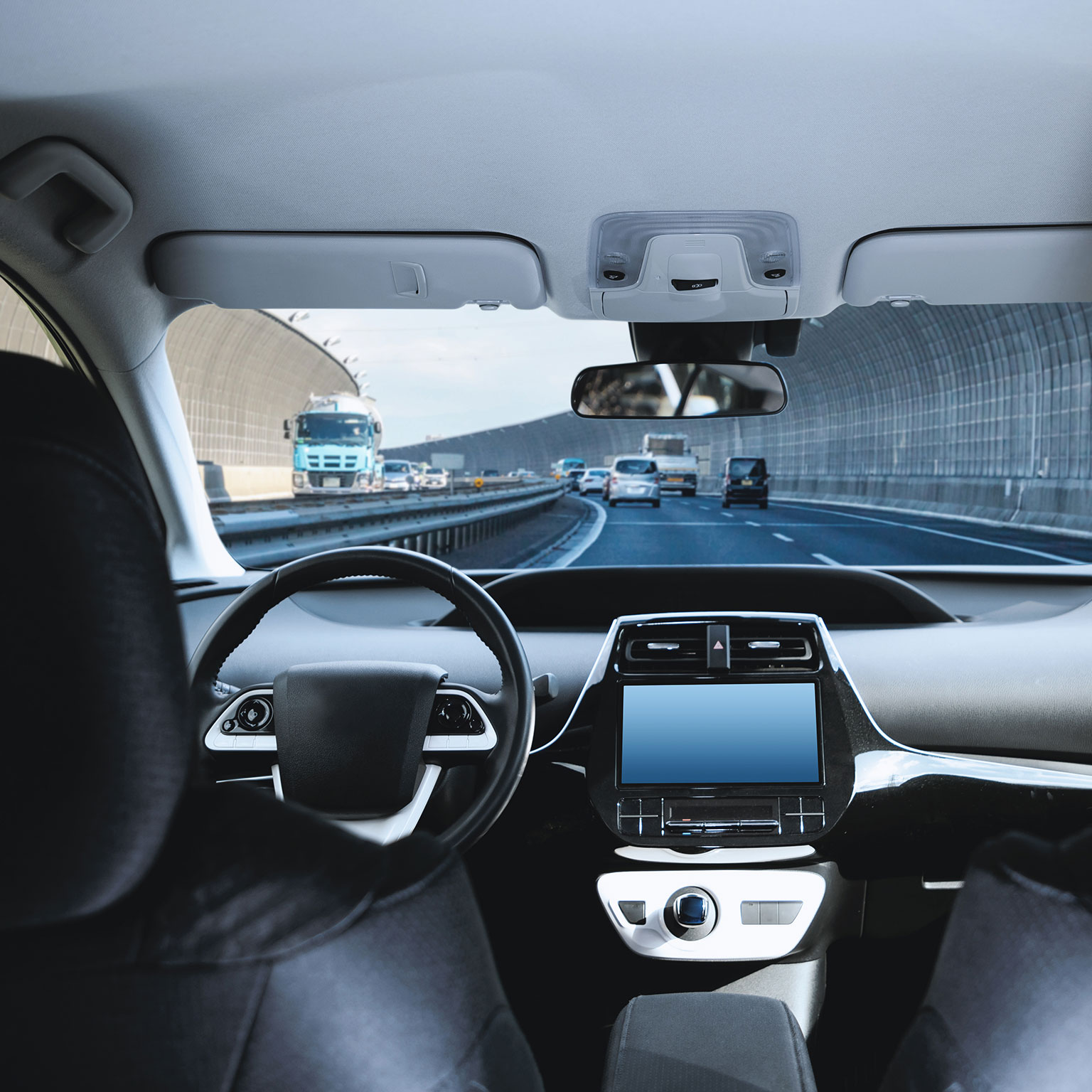Understanding Car Engines And Gas Mileage
Introduction
The engine is one of the most important parts of your car, as it provides the power to drive down the road. A vehicle’s gas mileage is determined by how many miles per gallon (mpg) it can get from a single gallon of gasoline. In this article, we’ll discuss how different vehicle systems affect gas mileage and what you can do to improve your car’s efficiency.
Gasoline engines are the most common type of engine in automobiles, but they have several drawbacks.
Gasoline engines are the most common type of engine in automobiles, but they have several drawbacks. The biggest drawback is that they are not as efficient as other types of engines. The second biggest drawback is that they are not as clean as other types of engines.
Gasoline engines burn gasoline to produce power for your car’s wheels and brakes, which turns into heat energy (thermal energy). When you turn on your gas-powered car’s air conditioning unit or heater fan, you’re using more electricity from this thermal energy to run those electrical devices inside your car’s cabin–and all that extra electricity comes from burning additional gasoline!
Fuel consumption is related to several factors including engine design, vehicle weight, aerodynamics and tire rolling resistance.
- Engine design is important.
- Vehicle weight is important.
- Aerodynamics are important.
- Tire rolling resistance is also an important factor, but it can be difficult to control because of the variety of tire sizes available on the market today and their different levels of performance, which makes it hard to measure or standardize across all brands and models.
Air-conditioning reduces fuel efficiency because it requires more energy than driving without air conditioning.
It’s important to know how much fuel is used by driving with the windows open, or driving with the doors open, or driving with the air conditioning on.
This is not an exhaustive list of all possible scenarios but it gives a good idea of how much gas you might use if your car’s engine requires more energy than usual.
A poorly maintained vehicle will use more gas than one that’s regularly serviced.
A well-maintained vehicle will use less gas than one that’s poorly maintained. A vehicle with low oil levels, leaking fluids and worn tires will not only cost you more at the pump but also be unsafe to drive.
Regular maintenance is important for your car’s health and safety, as well as its gas mileage. Changing your oil every 3,000 miles or as recommended by the manufacturer is essential to keeping your engine running smoothly–and saving money on gas! Checking tire pressure regularly helps ensure that all four tires are inflated properly; this ensures better traction for braking and handling turns safely at high speeds on wet roads without skidding out of control into another lane of traffic (or worse). Checking tire treads for wear helps prevent hydroplaning–when all four tires lose contact with water due to overinflation or underinflation–which increases stopping distances while driving through rain puddles at highway speeds.* It also reduces rolling resistance which improves acceleration times during acceleration events such as merging onto highways during rush hour traffic jams.* And finally: batteries age over time so replacing them earlier rather than later will save money in two ways: firstly because newer batteries tend to last longer than older ones before failing completely; secondly by reducing downtime spent waiting around while someone else replaces yours when something goes wrong.”
The cost of fuel will depend heavily on where you live, but so will its availability.
The cost of fuel will depend on where you live, but so will its availability.
Fuel prices are usually higher in rural areas than they are in urban ones. This is because there’s less competition among gas stations, who can charge more without losing customers to other stations with lower prices closer by. Gasoline is also more expensive near ports and refineries–the further away you travel from these places, the cheaper it gets.
Most vehicles can get up to 30 miles per gallon or more if they’re properly maintained and driven at speeds between 30 and 60 mph
If you’re driving a car that’s properly maintained and driven at speeds between 30 and 60 mph, you can expect to get somewhere between 25 mpg and 35 mpg. This is the average range of mileage for most vehicles.
If your vehicle has a more powerful engine and better aerodynamics than the average car, it may be able to achieve higher gas mileage than this range would indicate–upward of 40 mpg or more! But if your vehicle is older or heavier than average, or if its tires are particularly inefficient at rolling resistance (such as all-season tires), then it might be closer to 20 mpg or less on average.
The point here is that there are many factors that affect how much fuel your car uses when traveling down the road: engine design; vehicle weight; aerodynamics; tire rolling resistance… The list goes on!
Conclusion
In the end, it’s important to remember that there are many factors that affect fuel economy. In addition to driving habits and maintenance, your vehicle’s engine design will have a huge impact on how much gas it uses. If you want more information about how engines work or what kind of car would be best for your needs then please contact us today! We would love nothing more than helping people understand their cars better so they can save money while doing something they love: driving around town!

